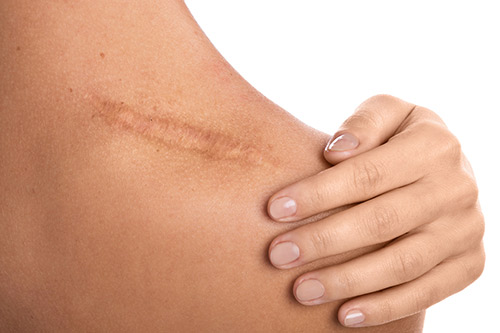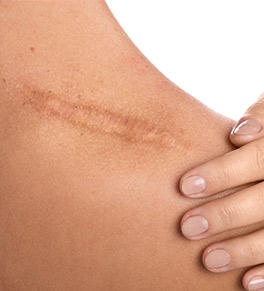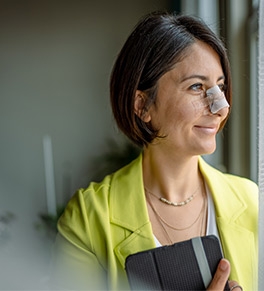
While scars are often lumped together in one category, the reality is that there are many causes of scars and many types of scars. Learning what type of scar you have is the first step in finding the right treatment to minimize its appearance.
At The Yeung Institute in Houston, Texas, Dr. Cecil Yeung begins each scar revision consultation with an exam to determine which type of scars you have before shaping your treatment plan. Here, we describe four types of scars as well as the treatments we offer to minimize their appearance.
1. Acne scars
Acne 一 and the scarring that stems from acne 一 is common. About 80% of individuals aged 11-30 have acne, and 20% of them develop scarring. Acne scars are further categorized by their appearance:
- Boxcar scars that create small craters on your skin
- Ice pick scars that are thin, narrow, and deep
- Rolling scars that appear as shallow indents
Acne scars aren’t always depressed (atrophic). Damage from acne can also form lumpy and raised (hypertrophic) scars.
2. Keloid scars
Keloid scars are raised, lumpy, and rigid scars. Normally, your body produces collagen to help heal a wound, but if your body overproduces collagen, it can form keloid scars. Because keloid scars are thick, they can impact movement depending on where they form.
3. Contracture scars
Contracture scars are characterized by tightened skin, and they’re often caused by second- or third-degree burns. Your skin pulls at the edges of the scar, and if it’s not treated quickly, it can make movement difficult, especially if nerves and muscles are affected.
4. Hypertrophic scars
Hypertrophic scars are raised, reddish scars that are confined to a specific injured area. They can form as a result of a burn, a surgical incision, or another traumatic injury. Like keloid scars, hypertrophic scars form due to an overactive response to the injury. Unlike keloid scars, however, hypertrophic scars don’t extend beyond the initially injured area.
How to minimize the appearance of your scars
Even with a good skin care routine, scars aren’t always preventable. The good news is that Dr. Yeung is an expert in both nonsurgical and surgical scar revision. Your specific treatment depends on the type of scar you have, the size of the scar, and its location.
Nonsurgical options scar revision treatments include:
- Silicone sheets
- Dermal fillers
- Steroid injections
- Cryotherapy
- Acne treatments (which can also prevent future scars by clearing up acne)
- CO2 laser skin resurfacing
You may benefit from multiple treatments. For example, the American Academy of Dermatology Association suggests that cryotherapy and steroid injections together produce better results than injections alone.
If your deep scars require surgical revision, rest assured that Dr. Yeung utilizes the most advanced surgical techniques to close your scar and help it blend in with the rest of your skin.
Explore your options today
Scar repair can improve the appearance of your skin, boost your self-esteem, improve movement and range of motion, and help you heal from any trauma associated with the scar. If you need help healing your scar — especially a scar involving delicate facial skin — don’t hesitate to reach out to our team.
Dr. Yeung is an experienced and compassionate provider who’s ready to help you explore your options. Questions? Contact our office today to schedule your scar revision consultation.









